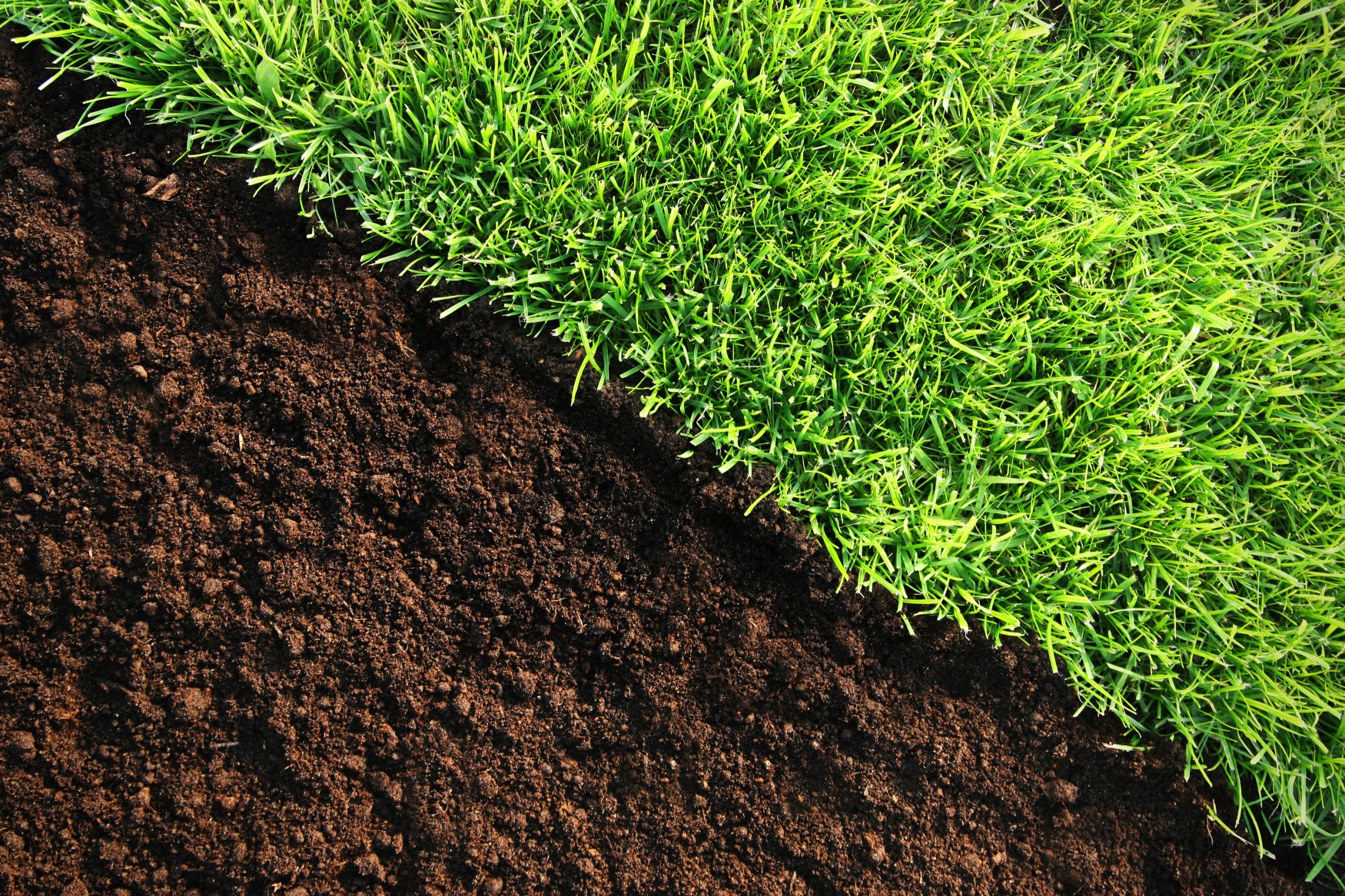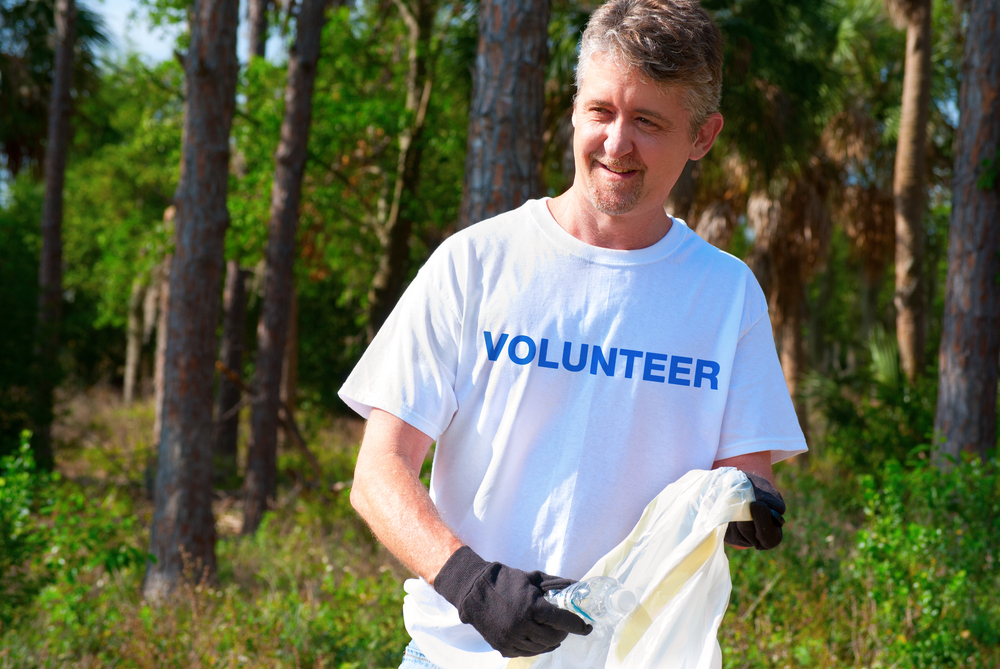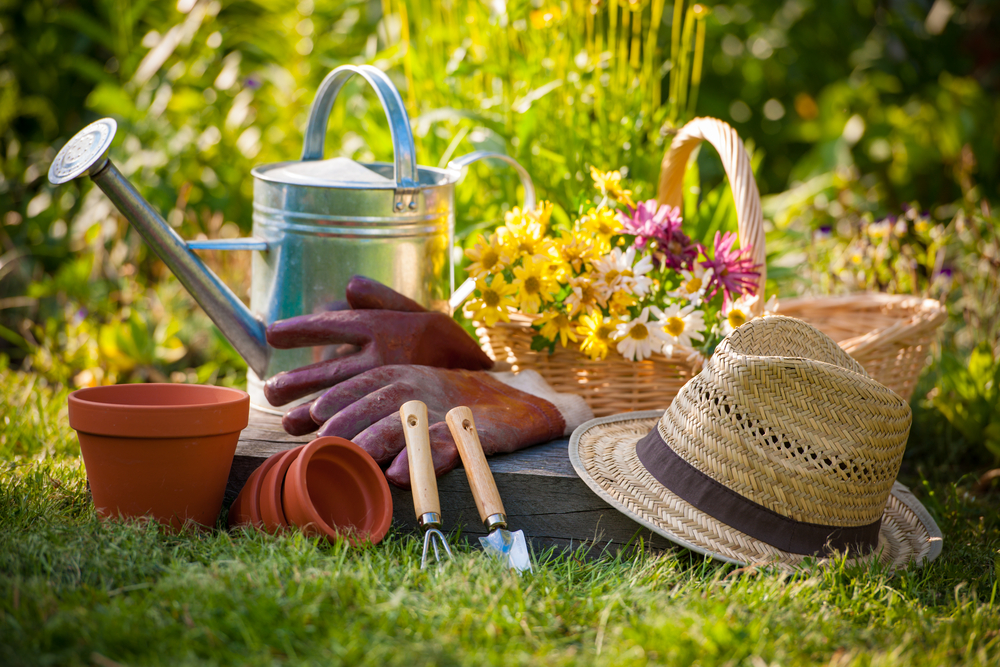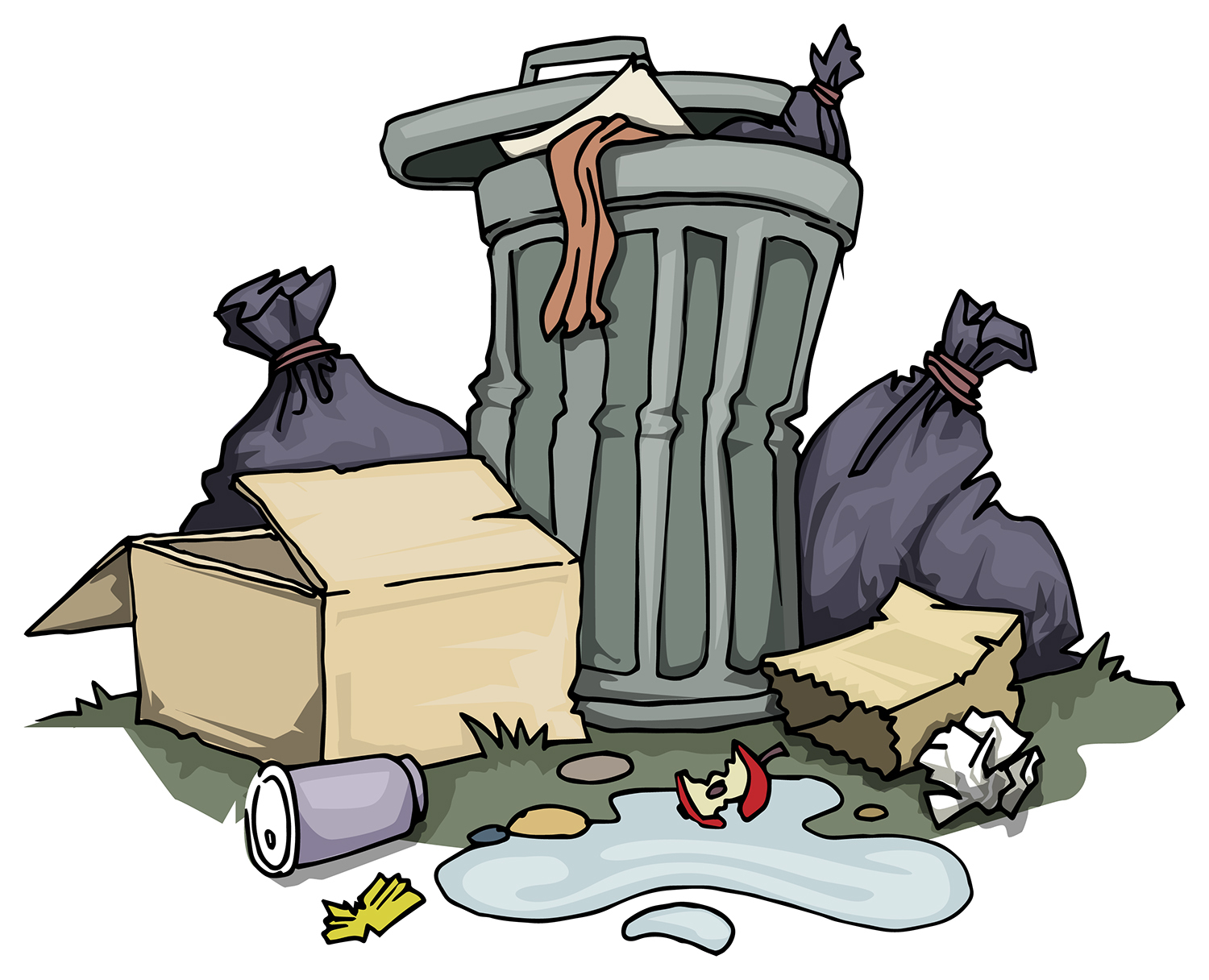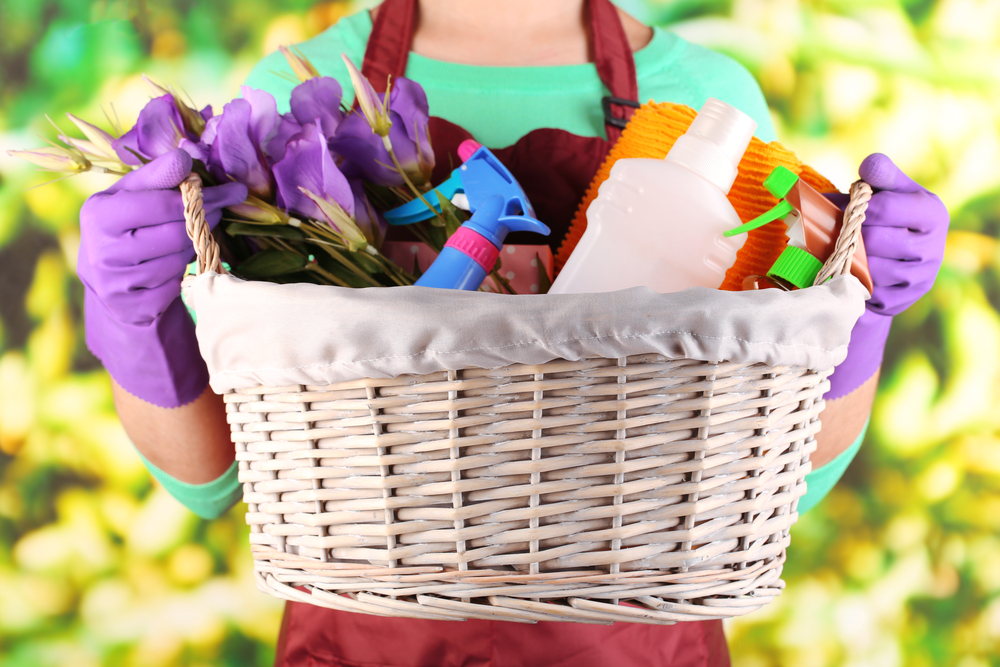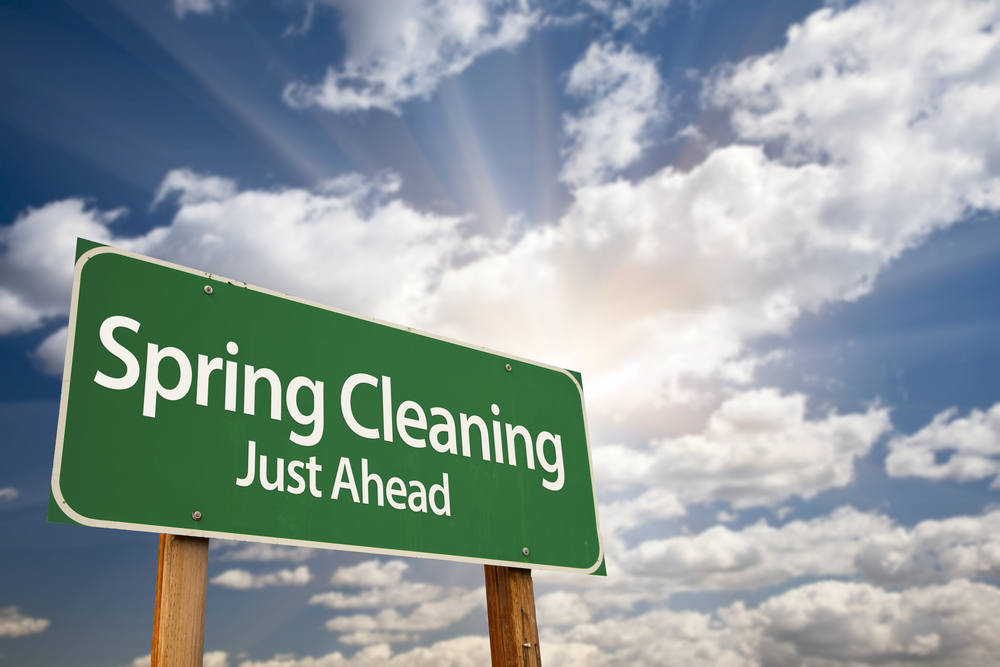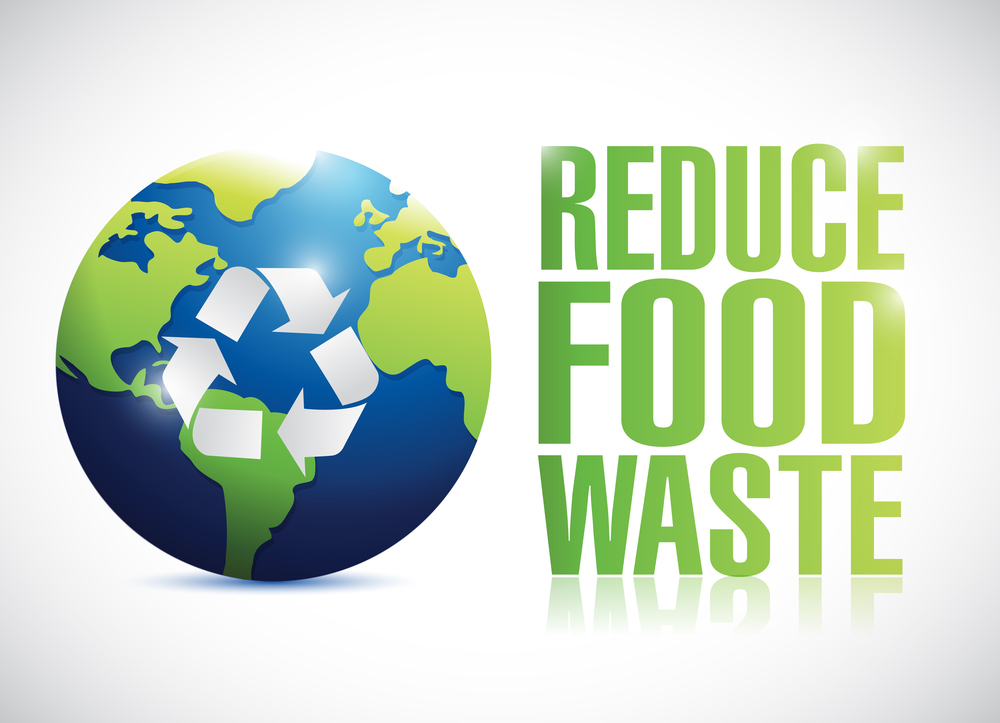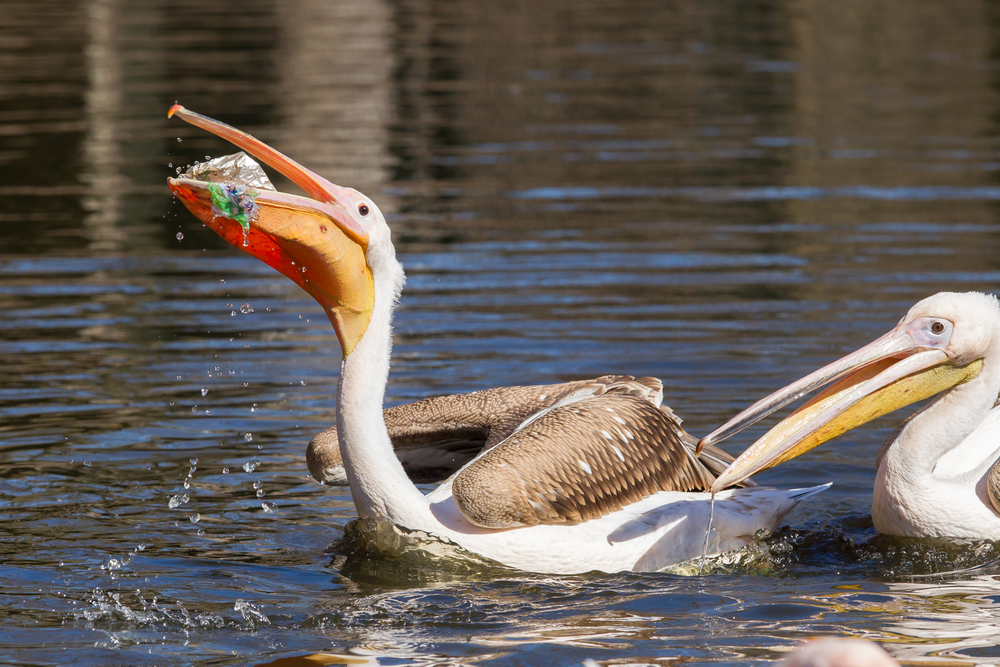
It’s a sad truth that birds, mammals, and reptiles can be injured or killed by the trash we throw away. The size and impact of the problem is growing every day, especially because some types of litter do not readily disintegrate and therefore remain in the environment as a threat for decades. To help protect wildlife and natural habitats, local cleanup campaigns and recycling plans are now being implemented.
Litter can be very harmful to wildlife. Discarded fishing lines can trap the legs, wings, or neck of waterfowl such as swans or moorhens. A fishhook may get stuck in a bird’s throat. Water birds suffer lead poisoning when they accidentally swallow small lead fishing weights. Broken glass can cut the feet of foxes, coyotes, or badgers, and unbroken bottles present a hazard to various small animals. Lizards often crawl inside bottles or cans to bask warm interior, to seek protection or search for food; but they may find it difficult to squeeze out again and can die of overheating. Small mammals in search of food often get their heads caught in the openings of jars. Replacing lids on bottles and jars before discarding can help prevent animals from becoming entrapped. Birds, fish, and mammals may be ensnared by plastic six-pack holders. This can be prevented this by cutting up the plastic rings so that they do not become traps.
Litter may appear to be helpful to wildlife. At night in some urban areas, foxes look for garbage on the streets. Often they feed on chicken bones, pieces of hamburger, and other leftovers from fast-food meals. During the day pigeons take over from foxes, these birds often flap around a food-laden garbage can of peck crumbs on the pavement. Gulls are well-known scavengers. These birds have greatly increased their number by feeding on thrown-away food. Inland, they gather in flocks over garbage dumps, where they eat even the filthiest scraps.
But human food is not necessarily good for wild animals. Deer, for instance, love bread and sweets. These purified grain products may form gummy masses in the stomachs of ruminants and interfere with digestion. Deer may actually die from ingesting too much food with a flour base. Discarded food can also become contaminated with microorganisms that cause food poisoning. More likely, however, the wild animals will become accustomed to free handouts and be unprepared to hunt for themselves if the source of human food is cut off.
So what can you do to help protect wildlife? Look at the products your family uses. Is there a lot of extra packaging that is not needed? Tell the company by letter, phone or e-mail. They have offices set up to handle such concerns. Don’t buy from companies who refuse to reduce unnecessary packaging. Check the trash that your family discards. Does your trash get placed in an animal proof container? That will help protect animals. It is still wise to check each item that you discard. What packages could injure animals? Cut up or tie plastic bags and six pack holders into knots to prevent injury to small animals. Remove can tops completely. Seal food in leak proof bags. Put lids on bottles and jars, or plug holes before disposing of them. Get involved with community cleanup projects such as Earth Day — or, better yet, make community clean up a routine. If you see trash in a field or along a road, pick it up (wear gloves or some other hand protection). Teach others about the need for protecting animals from trash.
Spread the word, and do your part to protect wildlife and their natural habitats.

